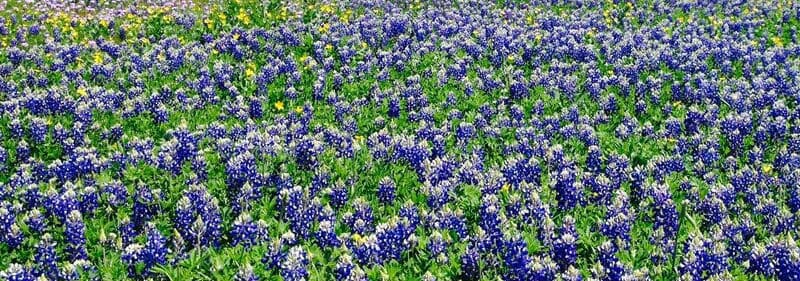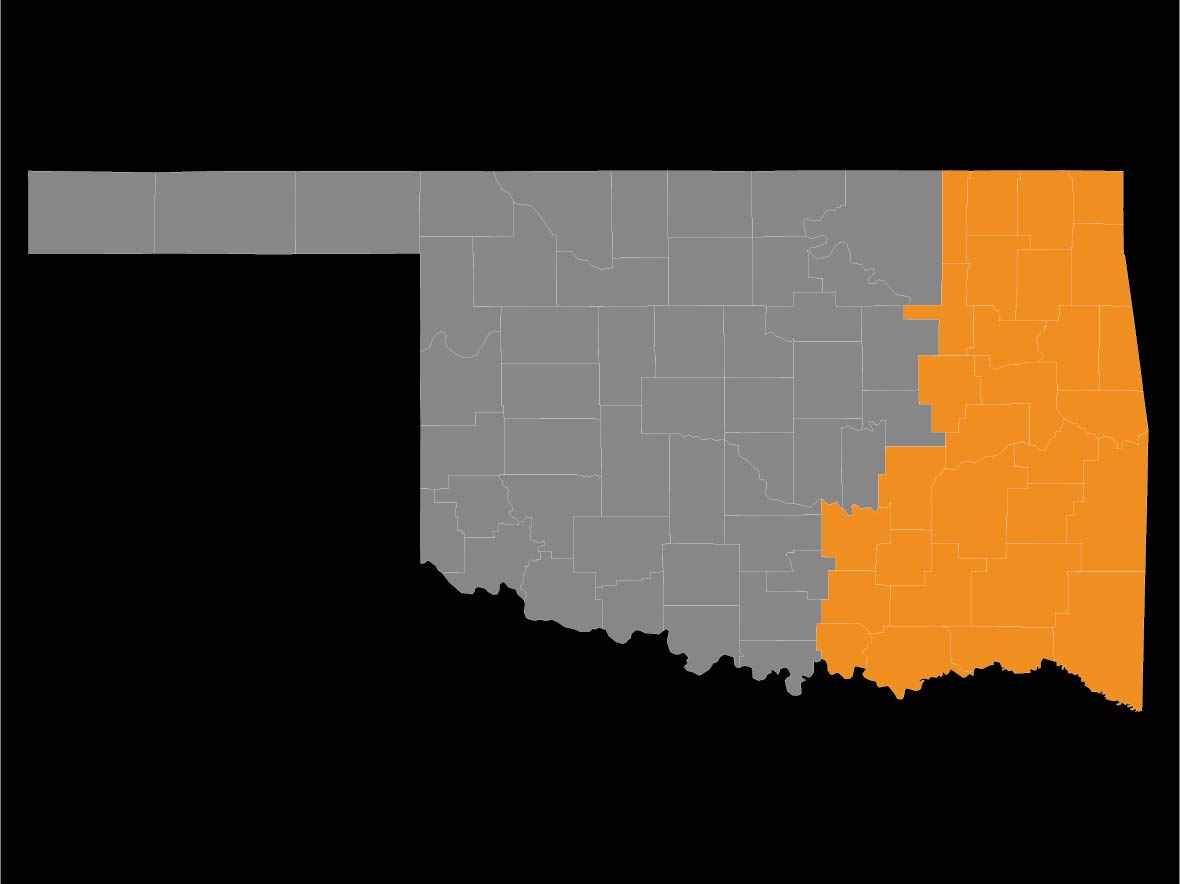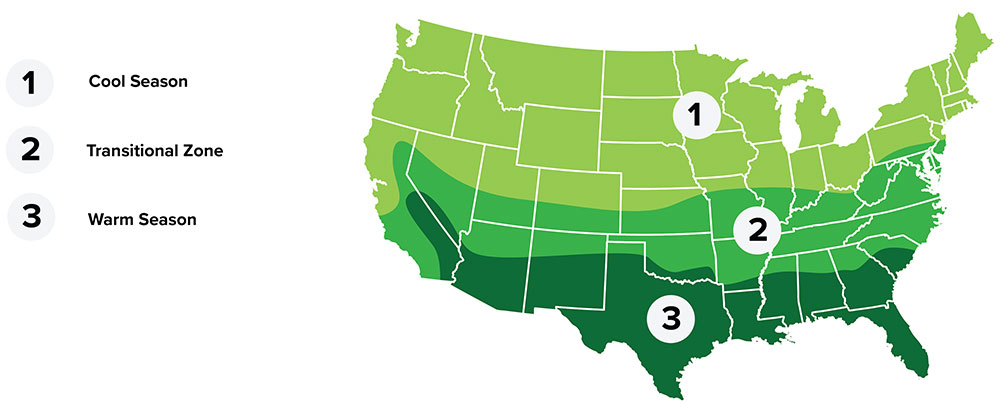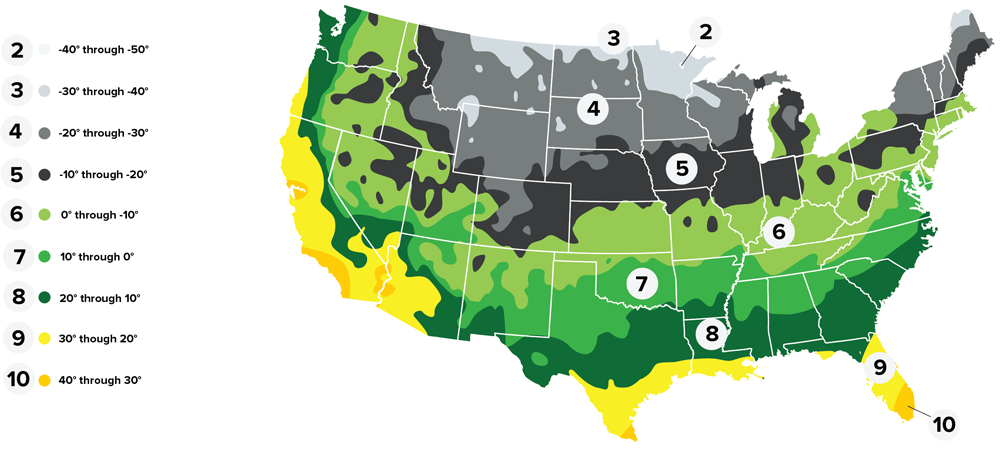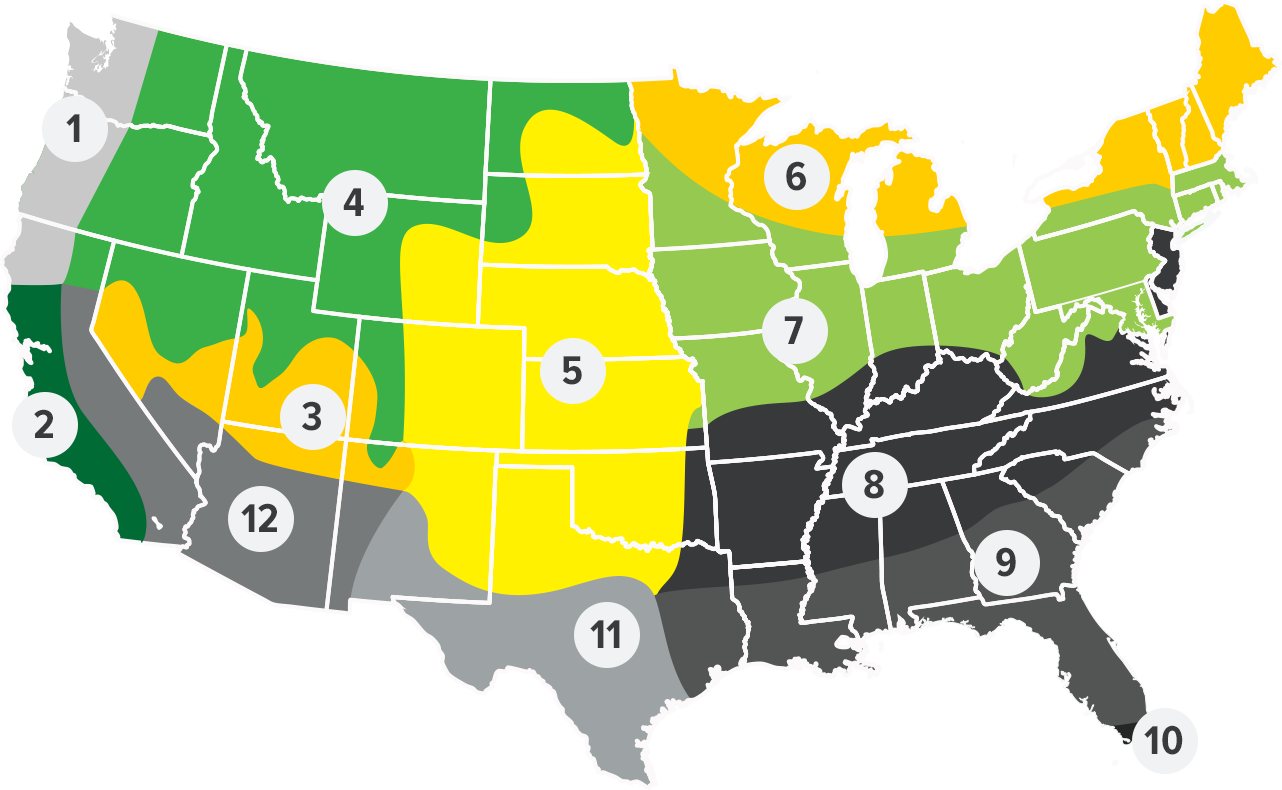
OKIES FOR MONARCHS WILDFLOWER MIX – EASTERN REGION
Summary
Monarchs will love Johnston’s Okies For Monarchs wildflower mix! Each of the native wildflowers and forbs has been carefully selected using Okies For Monarchs’ recommendations and consists of beneficial species that will provide pollen and nectar for foraging pollinators throughout the growing season. The hardy annuals and perennials in this blend are low maintenance and adapted to a wide range of temperatures and soil types. Besides being a crucial food source, this mix will provide years of stunning color and natural beauty to your garden or landscape.
Key Features:
- Pollinator-Friendly: Each species in the mix is chosen to benefit pollinators like monarch butterflies, bees, and other beneficial insects.
- Hardy and Adaptable: Suitable for a wide range of temperatures and soil types, making it a versatile option for various gardening conditions.
- Low Maintenance: Requires minimal care, making it easy for gardeners to maintain a beautiful and beneficial landscape.
- Annuals and Perennials: A combination of both ensures immediate and long-lasting blooms.
- Aesthetic Appeal: Adds vibrant colors and natural beauty to gardens and landscapes.
Species Included (subject to availability):
- Goldenrod (Solidago spp.): Known for its bright yellow flowers and late blooming period, it provides crucial nectar for monarchs in the fall.
- Bur Marigold (Bidens spp.): Features bright yellow flowers that attract butterflies and bees.
- Partridge Pea (Chamaecrista fasciculata): A legume that supports butterflies and other pollinators with its yellow flowers.
- Illinois Bundleflower (Desmanthus illinoensis): Adds texture and interest with its unique flowers and seed pods.
- Greyhead Coneflower (Ratibida pinnata): With its drooping yellow petals, it’s a favorite among pollinators.
- Oxeye Sunflower (Heliopsis helianthoides): Long blooming and attracts a variety of pollinators.
- Maximillian Sunflower (Helianthus maximiliani): Tall and showy, providing nectar and pollen.
- Plains Coreopsis (Coreopsis tinctoria): Bright, daisy-like flowers that bloom profusely.
- Lanceleaf Coreopsis (Coreopsis lanceolata): Early blooming and attracts many pollinators.
- Annual Sunflower (Helianthus annuus): Large, bright flowers providing abundant pollen.
- White Yarrow (Achillea millefolium): Offers flat-topped clusters of tiny white flowers.
- Leadplant (Amorpha canescens): A low shrub with purple flower spikes.
- White Prairie Clover (Dalea candida): Delicate white flowers that attract bees and butterflies.
- Purple Prairie Clover (Dalea purpurea): Similar to the white variety but with striking purple flowers.
- Indian Blanket (Gaillardia pulchella): Red and yellow blooms that attract a variety of pollinators.
- Verbena (Verbena spp.): Small, purple flowers known for attracting butterflies.
- Purple Coneflower (Echinacea purpurea): A garden favorite with large, daisy-like flowers.
- Swamp Milkweed (Asclepias incarnata): Essential for monarch larvae and attractive to other pollinators.
- Butterfly Milkweed (Asclepias tuberosa): Bright orange flowers that are a monarch magnet.
- Common Milkweed (Asclepias syriaca): A critical host plant for monarch caterpillars.
- Pennsylvania Smartweed (Polygonum pensylvanicum): Small pink flowers that attract pollinators.
- Wild Bergamot (Monarda fistulosa): Aromatic leaves and lavender flowers.
- Gayfeather (Liatris spp.): Tall spikes of purple flowers.
- Pale Purple Coneflower (Echinacea pallida): A less common coneflower with drooping petals.
- Lemon Mint (Monarda citriodora): Fragrant leaves and attractive flowers.
- Rattlesnake Master (Eryngium yuccifolium): Unique spiky flowers and foliage.
Benefits:
- Supports Biodiversity: Encourages a healthy ecosystem by providing food and habitat for various pollinators.
- Sustainable Landscaping: Promotes the use of native plants that are well adapted to the local environment, reducing the need for water and fertilizers.
- Educational: Great for schools and community gardens to teach about the importance of pollinators and native plants.
By planting Johnston’s Okies For Monarchs wildflower mix, you are not only creating a beautiful garden but also contributing to the conservation of monarch butterflies and other important pollinators.

Plant Characteristics
Zone
- Regional Growing Zone
- 5 - Midwest
- USDA Plant Hardiness Zones
- 3, 4, 5, 6, 7, 8, 9
- Temperature Zone
- Warm, Cool, Transitional
Plant Characteristics
- Bloom Period
- Spring - Fall
- Leaf Color
- Green
- Sun Requirement
- Full Sun
Plant Information
- Planting Season
- Fall - Spring
- Plant Depth
- 0.25"
- Minimum Soil Temp for Germination
- 65° F
- Establishment
- Easy
Coverage Area & Available Sizes
How to Use & Apply
Plant in late fall or early spring, in areas of moderate to good sun. Lightly cultivate site, spread seed, then rake topsoil. Seed should be no more than 1/4” deep to promote best emergence. Water thoroughly and keep consistently moist until wildflowers begin to grow.









